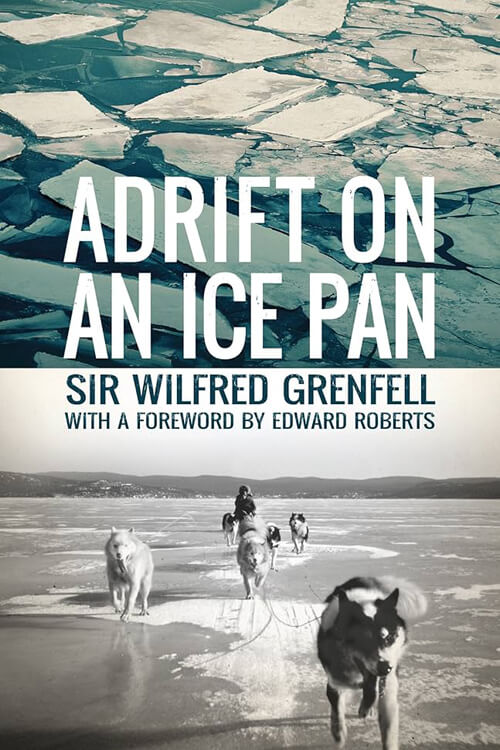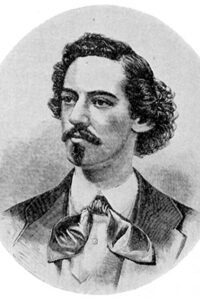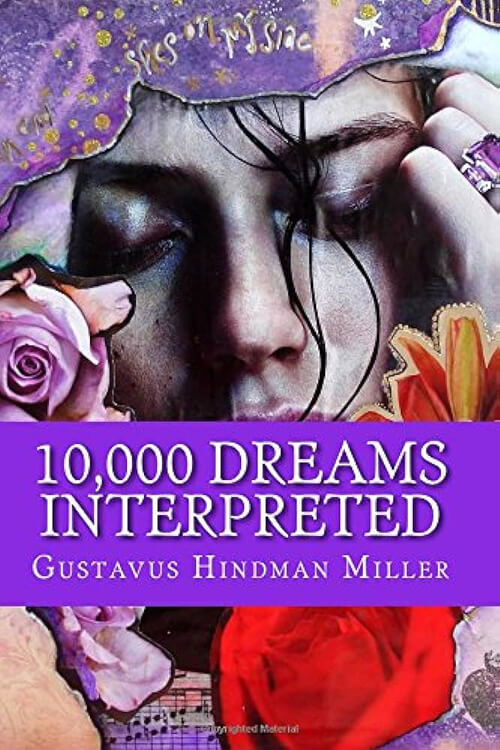
The Wolf Demon or, The Queen of the Kanawha
The great, round moon looked down in a flood of silver light upon the virgin forest by the banks of the Scioto, the beautiful river that winds through the richest and fairest valley in all the wide western land—the great corn valley of the Shawnee tribe—those red warriors who, in their excursions across Ohio (the “La Belle” river of the early French adventurers) had given to the plains and valleys of Kentucky the name of “The Dark and Bloody Land.”
The tree tops were green and silver; but under the spreading branches, sable was the gloom.
The strange, odd noises of the night broke the forest’s stillness. One hears all noises in the night even in a civilized land; how much more wondrous then are the wild, free cries of the inhabitants of the great greenwood, untrammeled by the restraining hand of man!
The free winds surged with a mournful sound through the branches of the wood.
A ring around the moon told the coming storm.
Dark masses of clouds dashed across the sky, ever and anon vailing in the “mistress of the night,” as though some unquiet spirit was envious of the pale moonbeams, and wished to cover, with its mantle, the earth, and cloak an evil deed.
A frightened deer came dashing through the aisles of the forest—a noble buck with branching horns that told of many a year spent under the greenwood tree.
Across a little open glade, whereon the moonbeams fell—kissing the earth as though they loved it—dashed the deer, and then, entering again the dark recesses of the forest, the brown coat of the wood prince was lost in the inky gloom.
Then in the trail of the buck, guided by the noise of the rustling branches, came a dark form.
Read or download Book
Albert W. Aiken
Despite having been one of the most prolific dime novel authors, relatively little is known about the life of Albert W. Aiken. He was born in Boston in 1846 to a family of actors, authors, and entertainers. His older brother, George L. Aiken, also wrote dime novel stories, and his cousin, George L. Fox, was a famous clown.
Aiken began writing for Beadle & Adams under the pen name “Agile Penne” in 1870, authoring hundreds of stories under many pseudonyms for the publisher. Some of his more notable creations were Joe Phenix, a proto-noir detective character, and Dick Talbot, the famous frontier tracker.
Aiken established an acting company in 1885 called the Aiken Acting Co. and also owned and operated a theatre in Brooklyn under the name Aiken’s Museum. He married in 1873, had six children, and died August 19, 1894.
DISCUSSION QUESTIONS
Vengeance and revenge are pervasive in The Wolf Demon. What are the causes and effects of retaliation throughout the novel?
The Wolf Demon, as a character, comes into being because Chief Ke-Ne-Ha-Ha does not approve of the miscegenation of his daughter. In what ways do racial/cultural differences complicate the love stories in The Wolf Demon? What are the consequences of interracial love? Who “wins” and who “loses” in these love stories?
What does a supernatural element like a demonic wolf add to the conflict between the white settlers and the Shawnee? Is Aiken attempting to be, or succeeding in being, sensitive by trying to portray the spiritual beliefs of the Shawnee?
Daniel Boone’s legend is in many ways much larger than his actual life as a frontiersman. Despite being a well-known figure with a large role in The Wolf Demon, Aiken does not mention him in the title of the book. Why do you think Aiken included him as a character? Look at the serial version of the story and compare Daniel Boone’s depiction to later versions. What changed?
In what ways does the actual Daniel Boone differ from his characterization in The Wolf Demon? From his portrayal in the 1960s television series? Are these differences important to his legend? How do you think Daniel Boone’s “legend” came to be and how has it evolved?
CLASSROOM ACTIVITIES
The Wolf Demon lends itself to a wide variety of comparative studies across genres, media, and literature. It would be interesting to compare depictions of Daniel Boone to each other: historical sketches, film and television, and more contemporary works, like dime novels. The novel’s episodic nature seems to lend itself to incorporating audio-visual media to better understand the text as a comparative piece of literature.
Daniel Boone is more legend than man. Classes could evaluate what contributes to legends about real people featured in dime novels. This story can be used to discuss legends/folklore and could be used comparatively for works like Le Morte d’Arthur, Beowulf, The Odyssey, or other legends/epics.
The Wolf Demon, as a work of serial fiction originally, has a cinematic/episodic quality to it. The chapters jump quickly between different locales and different sets of characters. Storyboard a film adaptation of the story. Students can choose to follow one set of characters, maintain the point of view shifts, or rewrite the story entirely. Students could attempt to film a scene from their adaptations and could try to tell the story from different points of view. How do these different points of view change what matters in the story? Whose perspective is most compelling to the students?
FURTHER READING
Nickel, John. “Albert Aiken in Context: Science and the Races of the Americas.” Dime Novel Roundup, vol. 70, no. 3, June 2001, pp. 79-86.
A look at two of Aiken’s other works that can be used to look further into his writing style and content.
Lawlor, Mary. “The Fictions of Daniel Boone.” Desert, Garden, Margin, Range: Literature on the American Frontier. Edited by Eric Heyne, Maxwell Macmillan, 1992, pp. 29-43.
A source for depictions of Daniel Boone in late 19th-century fiction.
McCulloch, Judith A. “The Daniel Boone No One Ever Heard Of.” Southern Folklore Quarterly, vol. 39, 1975, pp. 263-269.
Discussion of how Daniel Boone rose in popularity compared to others of his contemporaries despite historically losing popularity






